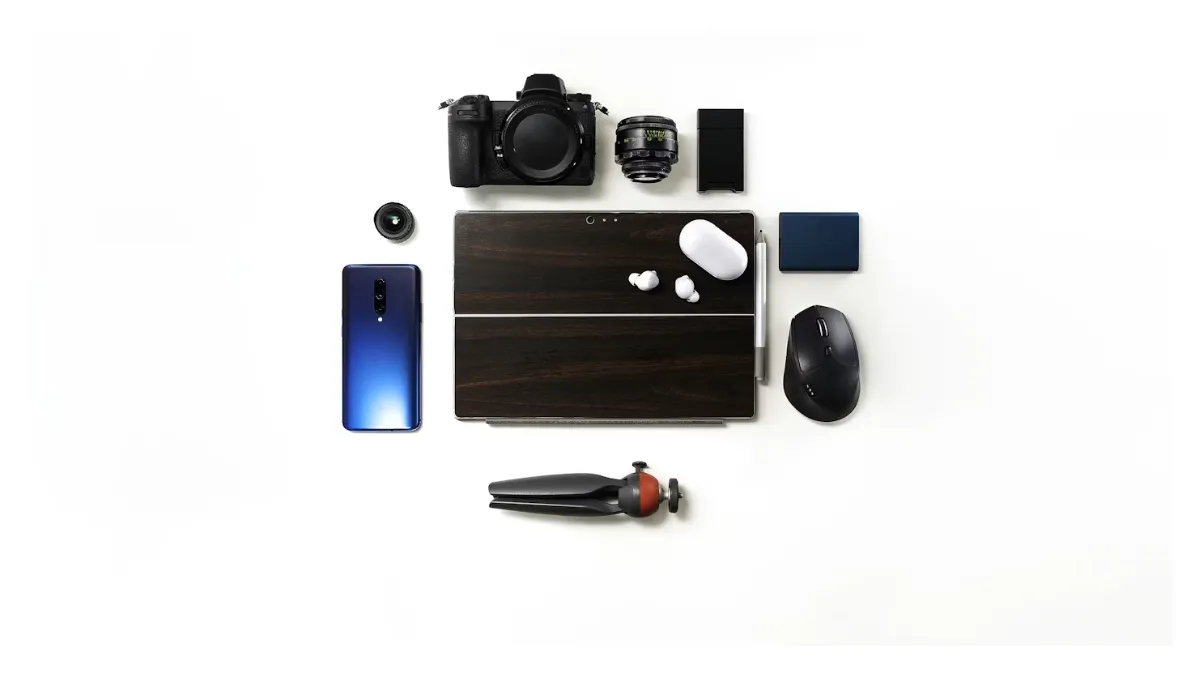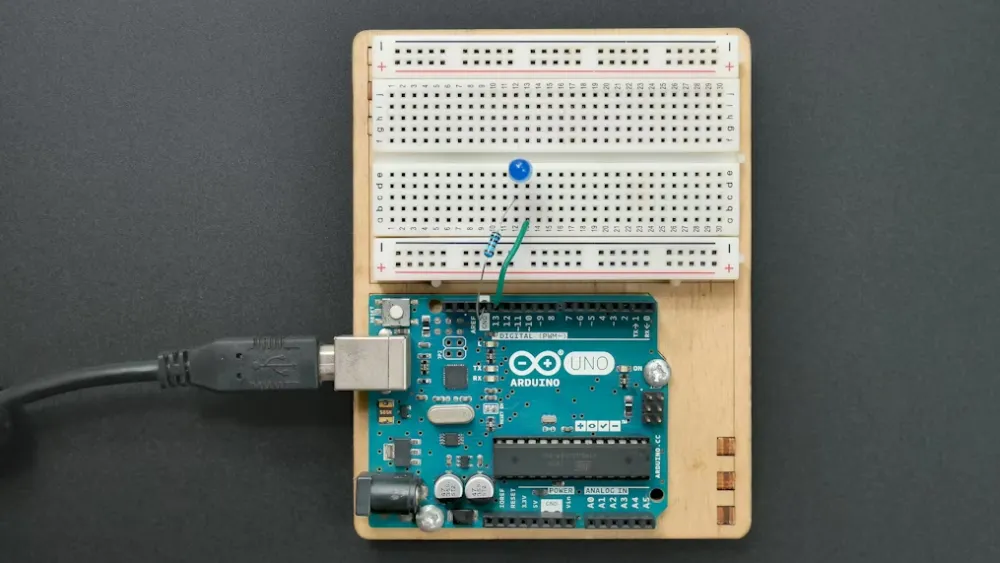
Footwear EU REACH Compliance Certification
To successfULly enter the EU market, reach compliance is essentialfor footwear. Without compliance, products may face detention or recall, leading to financial losses and reputational damage for companies. China JJR Laboratoryprovides professional REACH compliance support to help footwear products smoothly export to the EU.
Footwear Product Categories
1. Casual Shoes
Designed for everyday wear, comfortable and versatile. Examples: sneakers, white shoes, canvas shoes.
2. Sports Shoes
EngineeRED for various sports with emphasis on cushioning, support, and breathability. Examples: running shoes, basketball shoes, hiking shoes.
3. Leather / Formal Shoes
Worn in formal occasions, often made of leather. Examples: Oxford shoes, Derby shoes, loafers.
4. Sandals / Slippers
Mainly for summer wear, focusing on ventilation and comfort. Examples: flip-flops, clogs, beach sandals.
5. Safety / Work Shoes
Provide protective functions such as anti-smash, puncture resistance, anti-slip, and insulation. Widely used in construction, factories, and other industries.
6. Children’s Shoes
Designed according to children’s foot shape, emphasizing comfort and growth protection. Includes toddler shoes, sports shoes, leather shoes.
7. Snow Boots / Winter Shoes
With strong warmth retention, suitable for cold climates. Examples: UGG boots, snow boots, fleece-lined cotton shoes.
JJR Testing Items
Phthalates
- Limit: ≤ 0.1%
- Common Use: Plasticizers in soles, uppers
AZO Dyes (aromatic amines release)
- Limit: ≤ 30 mg/kg
- Common Use: Dyed leather, textiles
Chromium VI (Cr(VI))
- Limit: ≤ 3 mg/kg in leather
- Common Use: Possible residue from tanning process
Nickel Release
- Limit: ≤ 0.5 µg/cm²/week when in skin contact
- Common Use: Eyelets, metal decorations
Polycyclic Aromatic Hydrocarbons (PAHs)
- Limit: ≤ 0.0001% in rubber/plastic parts with skin contact
- Common Use: Soles, insoles, rubber components
Short-Chain Chlorinated Paraffins (SCCP)
- Limit: < 0.15% in articles; < 1% in substances/mixtures (EU 2019/1021)
- Common Use: Plastic footwear materials, leather coatings
JJR LAB Testing Equipment
Using internationally recognized analytical instruments to ensure accurate and reliable data:
- Heavy Metal Detection: ICP-OES (Inductively Coupled Plasma Optical Emission Spectrometer)
- Formaldehyde: UV-Vis Spectrophotometer
- Phthalates / Organotin / AZO Dyes: GC-MS (Gas Chromatography-Mass Spectrometry)
- Nickel Release: ICP-OES
- PAHs / Dimethyl Fumarate: GC-MS
What Are EU LFGB and (EC) 1935/2004 Compliance?
Want to sell pots, pans, and kitchenware in the European market?
The first step is to pass the “food safety” checkpoint!
Any part that comes into direct contact with food — stainless steel pots, ceraMIC coatings, silicone utensils, plastic handles — must comply with EU LFGBand EC 1935/2004certification before entering the market.
EU LFGB / EC 1935/2004 Certification
EC 1935/2004
This is the EU’s general regulatory frameworkfor food contact materials.
It applies to all materials and articles in contact with food (plastics, metals, ceramics, glass, rubber, silicone, etc.), ensuring they do not release harmful substances into food.
LFGB (German Standard)
The German LFGB is one of the strictest standardsunder EU food contact regulations, especially regarding migration testing.
Many European clients specifically require LFGB compliance to ensure food safety.
Categories of Kitchen Cookware
- 01. Stir-Fry Pans: woks, frying pans
Materials: stainless steel, aluminum alloy, ceramic coating, non-stick coating
- 02. Stewing Pots: soup pots, milk pans, noodle pots
Materials: stainless steel, enamel, ceramic
- 03. Pressure Cookware: pressure cookers, electric pressure cookers
Materials: stainless steel, aluminum alloy, silicone sealing rings
- 04. Electric Cookware: rice cookers, electric stew pots
Materials: aluminum alloy, ceramic-coated inner pots, plastic shells
- 05. Specialty Materials: enamel pots, clay pots
Materials: cast iron enamel, ceramic, glass lids
JJR LAB Testing Items
Applicable Regulations: (EC) No 1935/2004 + LFGB
- Acidic or simulated food immersion test (e.g., 3% acetic acid)
For stainless steel cookware such as woks, soup pots, steamers, pressure cookers
- Material composition analysis
Confirming stainless steel grade (e.g., 304, 316)
- Heavy metal release testing
24 elements tested with 0.5% citric acid solution
- Coating heavy metal migration test (lead, cadmium, etc.)
For ceramic-coated items such as non-stick pans, enamel pots, rice cooker liners
- Coating durability tests
Abrasion resistance, thermal shock, wash resistance, adhesion strength
- Food simulant testing
Using olive oil, ethanol, water, etc.
- Sensory testing
Checking odor and color changes
- BPA (BISphenol A) testing
Especially for baby and infant-related products
- Plasticizer (phthalates) testing
- Food simulant migration tests
Water, ethanol, olive oil, etc.
- Primary aromatic amines (PAAs) testing (if applicable)
- Volatile organic matter (VOM) testing
For silicone kitchenware such as spatulas, spoons, sealing rings
- Overall migration testing
Common Requirements (for all food contact materials)
- Material identification
- Ratio of food contact surface area to volume
- Selection of food simulants (e.g., distilled water, 3% acetic acid, 10% ethanol, olive oil)
- Testing temperature and duration (based on actual usage conditions)
JJR LAB Testing Equipment
- Electric Hot Air Drying Oven
Provides stable environments for acidic or simulated food immersion tests and food simulant migration tests (e.g., acetic acid, olive oil, ethanol, water).
- Inductively Coupled Plasma Optical Emission Spectrometer (ICP-OES)
Detects heavy metal migration (lead, cadmium, mercury, chromium, etc.) in stainless steel, ceramic coatings, silicone, and plastics.
- Gas Chromatography–Mass Spectrometry (GC-MS)
Measures volatile organic compounds (VOCs), plasticizers in plastic handles, adhesives, polycyclic aromatic hydrocarbons (PAHs), and organic compounds migrated into food simulants (plasticizers, solvent residues, etc.).
- Fourier Transform Infrared Spectroscopy (FTIR)
Identifies plastic and silicone material types (e.g., PP, PE, food-grade silicone) via infrared spectra, supporting compliance checks for food contact material standards.
Email:hello@jjrlab.com
Write your message here and send it to us
 How to get a D-U-N-S® Number for US FDA Registrati
How to get a D-U-N-S® Number for US FDA Registrati
 Household Massage Devices Compliance in the China
Household Massage Devices Compliance in the China
 Compliance for the Global In Vitro Diagnostic (IVD
Compliance for the Global In Vitro Diagnostic (IVD
 Compliance Guide for Nebulizers in European and Am
Compliance Guide for Nebulizers in European and Am
 Cybersecurity Certification Service for EU RED Dir
Cybersecurity Certification Service for EU RED Dir
 ANATEL Certification Compliance Guide for Brazil M
ANATEL Certification Compliance Guide for Brazil M
 Energy Storage Battery Brazil Inmetro Certificatio
Energy Storage Battery Brazil Inmetro Certificatio
 Southeast Asia Compliance Requirements for EV Char
Southeast Asia Compliance Requirements for EV Char
Leave us a message
24-hour online customer service at any time to respond, so that you worry!




